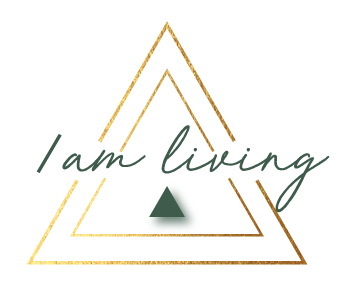
Why Silence Might Be the Most Powerful Tool You’re Not Using
In a world that never stops talking, silence can feel threatening. But over the years I’ve learned—It isn’t the absence of something. It’s the presence of everything.

Returning to Love: A Practice for Complex Times
This week, I’m sharing a reflection on compassion: not as something we give, but as something we practice returning to. Inspired by Reverend Gregory Boyle and Pema Chödrön, this piece explores how self-judgment blocks our ability to connect—and how softening inward is what helps us meet others with grace.

Your Mind's Worst Trick—And How to Stop It 🙌
We don’t just suffer when something actually goes wrong. We suffer every time we relive it in our heads—before, during, and long after it’s passed. Our minds are wired to scan for danger—they do this brilliantly.
